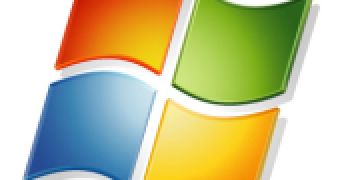Microsoft has already kick started the development process which will ultimately end up producing the successor of Windows 7, claims a third-party source. Russian website Wzor notes that the Redmond company has apparently set on a course to building Windows 8, and even provided the Build strings for a few assembles of the next iteration of Windows available exclusively in Redmond. Wzor is a source with a proven track record of delivering accurate information of the software giant’s moves, that otherwise would be kept under the tightly sealed translucent lid of Steven Sinofsky, president, Windows and Windows Live Division.
The Redmond company is reportedly compiling new interim versions of Windows 8 at a constant pace, having offered the following Builds the past month: 7702.0.100126-1751, 7703.0.100127-1845, 7704.0.100128-1900 and 7705.0.100129-1930. Per the numbers in the build string, 7705.0.100129-1930 was compiled on January 29, 2010. Microsoft has yet to confirm or deny the fact that the information offered by Wzor is valid.
However, the Redmond company did confirm early in 2009 that it had already begun planning for Windows 8, and it only makes sense that it should start the actual development process since we’re now at more than half a year after the finalization of Windows 7. Previous leaks revealed that Microsoft’s silence should not be mistaken for inactivity.
Leaked information and screenshots on Build 6.1.7700.0.100122-1900 for both Windows client and server have already been published in the wild. Users familiar with the evolution of Windows Vista’s successor already know that Build 6.1.7700.0.100122-1900 supersedes the RTM development milestone of Windows 7 and Windows Server 2008 R2, which was 6.1.7600.16385.
Information leaked by a program manager working on the Windows team (Windows Update) indicates that Sinofsky is looking to make Windows 8 beat all that end users expect of Windows platforms. Of course, provided that Microsoft ends up calling Windows vNext Windows 8.

 14 DAY TRIAL //
14 DAY TRIAL //